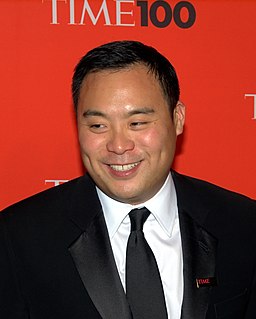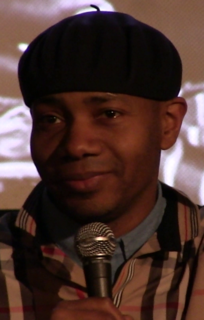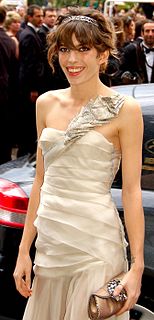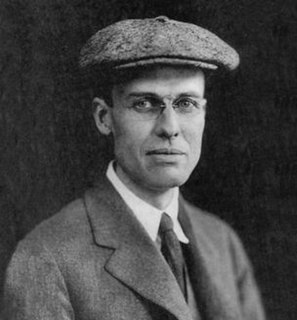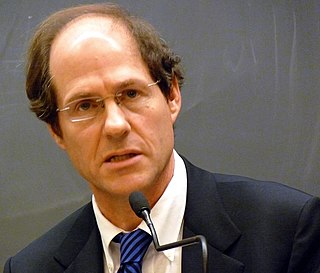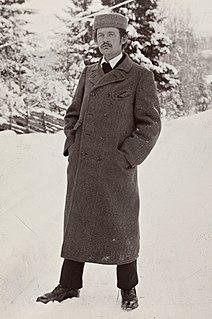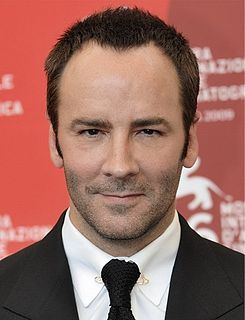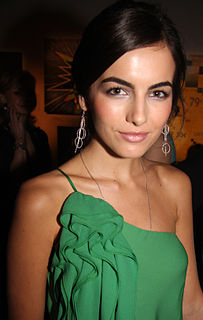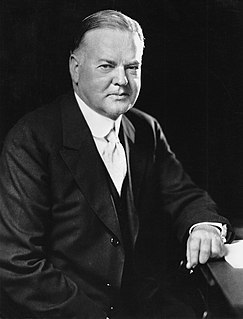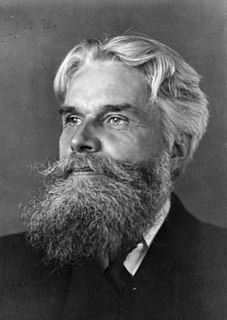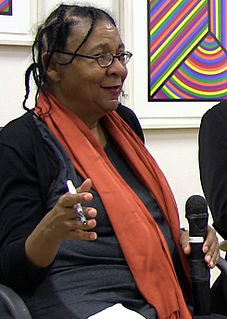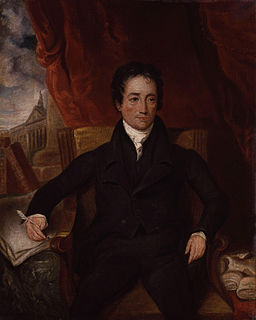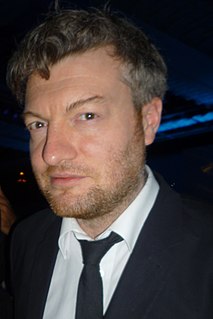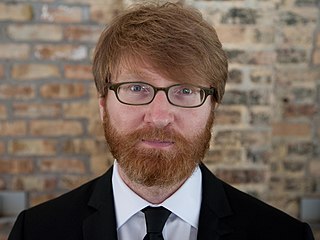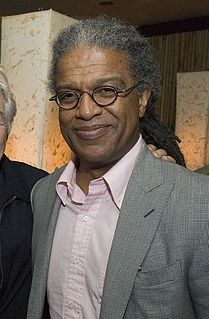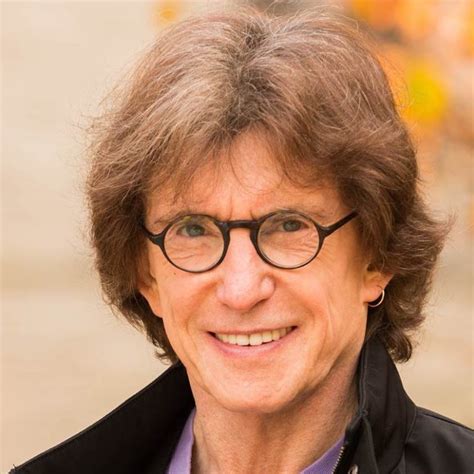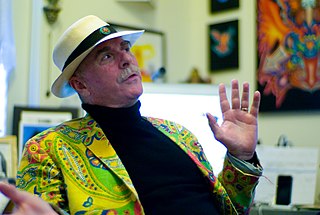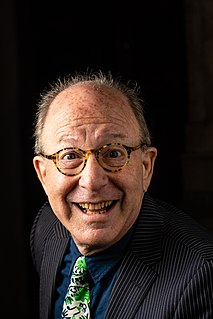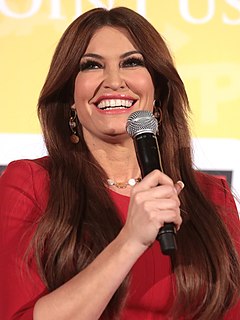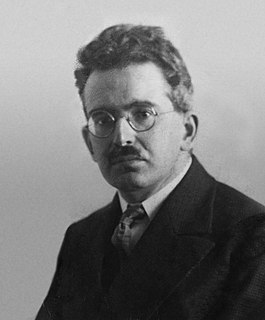A Quote by Thomas Chatterton Williams
The French, whose fascination with 19th-century Japanese painting and decorative art led them to coin the term 'Japonisme,' have reciprocated the interest, and the exchange - in food, fashion and design - is ongoing. After all, these are two countries where style is considered essential to life.
Related Quotes
I was really interested in 20th century communalism and alternative communities, the boom of communes in the 60s and 70s. That led me back to the 19th century. I was shocked to find what I would describe as far more utopian ideas in the 19th century than in the 20th century. Not only were the ideas so extreme, but surprising people were adopting them.
One of the weaknesses of much abstract painting is the attempt to substitute the inventions of the intellect for a pristine imaginative conception. The inner life of a human being is a vast and varied realm and does not concern itself alone with stimulating arrangements of color, form and design. The term 'life' as used in art is something not to be held in contempt, for it applies all of its existence, and the province of art is to react to it and not to shun it. Painting will have to deal more fully and less obliquely with life and nature's phenomena before it can again be great.
After a two-term presidency, many young voters seem to want someone who is radically different from, even the opposite of, the commander in chief to whom they have become accustomed. After all, a two-term president will have led their nation for a significant percentage of their lives. That's boring. Isn't it time for a transformation?
I feel like what's most important for painting - which has been hierarchically on the top for a really long time in terms of what is considered fine art, by comparison with something like a comic book or what's considered low art - is that painting should open up laterally to include other cultures and things that don't immediately resonate as a painting but are obviously of equal contribution to the genre.
While I can make no claim for having introduced the term "rugged individualism," I should be proud to have invented it. It has been used by American leaders for over a half-century in eulogy of those God-fearing men and women of honesty whose stamina and character and fearless assertion of rights led them to make their own way in life.
Dancing and building are the two primary and essential arts. The art of dancing stands at the source of all the arts that expressthemselves first in the human person. The art of building, or architecture, is the beginning of all the arts that lie outside the person; and in the end they unite. Music, acting, poetry proceed in the one mighty stream; sculpture, painting, all the arts of design, in the other. There is no primary art outside these two arts, for their origin is far earlier than man himself; and dancing came first.


